Avian Life at Lumberton
Photos and text by Robert Koch
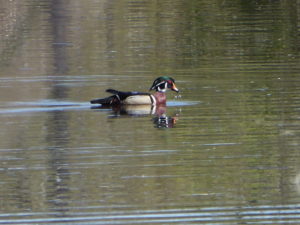
April 20, 2019 – Wood Duck
Wood Ducks are among our most beautiful birds, with the males being the most colorful, and the females showing a more subtle attractiveness with drab brownish and gray patterns. We are very lucky at Lumberton Leas to have the ideal habitat for our most exotic duck.
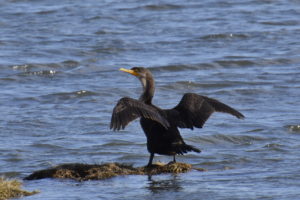
April 13, 2019 – Fishing birds
Double-crested Cormorant has the greatest geographic range of all the cormorants and the species will be found in almost any aquatic environment, from coastal bays and estuaries to inland lakes and rivers. Unlike ducks, they do not have the essential oils in their feathers to shed water so it is very common to see them perched in the sun with their wings spread out to dry.
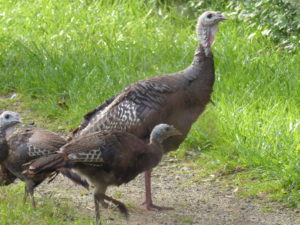
April 6, 2019 – Wild Turkey
Ben Franklin wrote that the “Bald Eagle is a bird of bad moral character. He does not get is living honestly… He is too lazy to fish for himself.” He added that the turkey is “a much more respectable bird, and withal a true original Native of America… He is besides, though a little vain and silly, a Bird of Courage.” Franklin reached his conclusions from observing the birds and noting how the Bald Eagle will often sit in a tree along the river watching a fish hawk (Osprey) pluck a fish out the water and then swoop down to take it away.

March 31, 2019 – LBJs
Some of our local birds are easily identified but there are also many challenges for the birder. The term “LBJ” is short for “little brown jobs”. Many sparrows fall into this category.
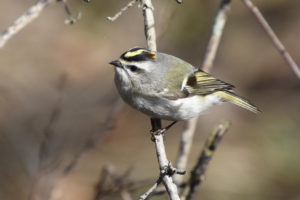
March 23, 2019 – Kinglets and Gnatcatchers
Very active and tiny birds that flit from branch to branch and tree to tree and never seem to settle down can be tough to see and identify. These include the two members of the Kinglet group: the Golden-crowned Kinglet and the Ruby-crowned Kinglet, and the similar, though not closely related, Blue-gray Gnatcatcher.
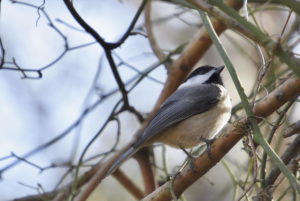
March 19, 2019 – Chickadees
In the eastern US there are two chickadee species that may be encountered (Black-capped and Carolina). Geographically we sit at the extreme northern end of the range of the Carolina Chickadee. As you move into the northern parts of NJ and further north the Black-capped will be seen. These two species look very much alike with subtle differences is size, song and calls.
